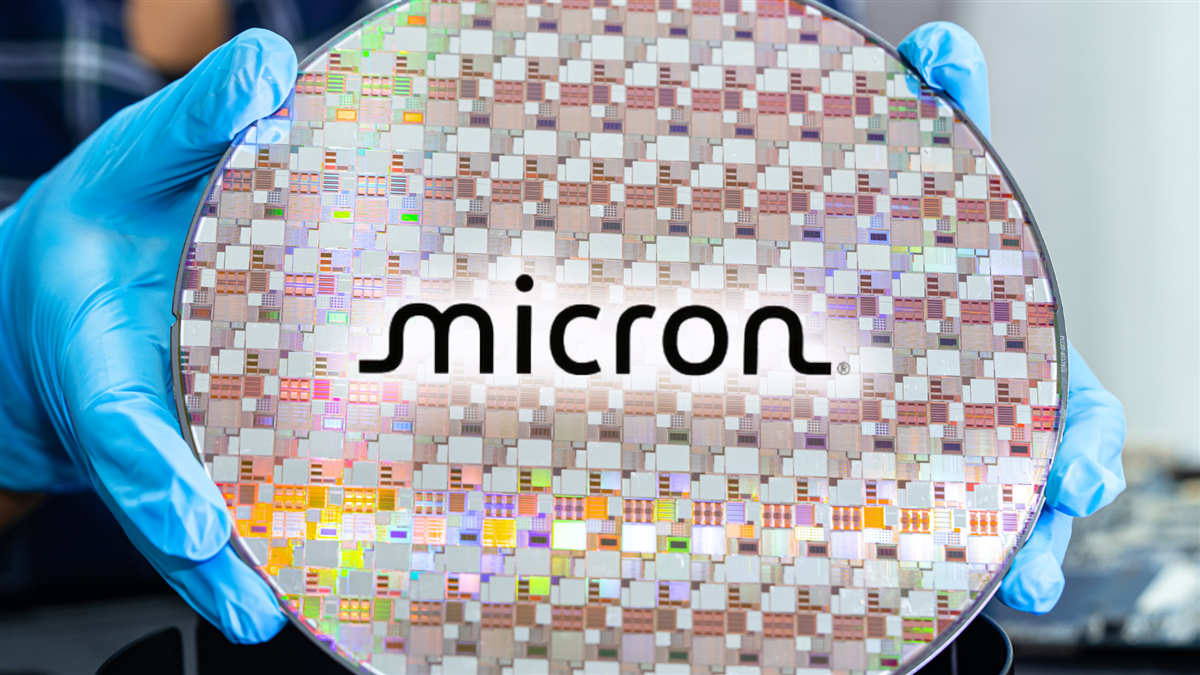3 Under-the-Radar AI Stocks to Buy on the Dip

Investors have become conditioned to buy dips in stocks since the Global Financial Crisis, a belief reinforced by the government’s aggressive market support during the COVID-19 pandemic. The 2018 bear market? Buy the dip. A new virus shutting down the economy? Buy the dip. Fed starts raising rates with authority? Buy the dip. Does President Trump enact disruptive tariff policies? Buy the dip.
There might come a day when buying the dip becomes a poor strategy, but the last few corrections and bear markets have been great opportunities to buy assets at a discount.
Today, artificial intelligence dominates the market headlines, and the amount of capital expenditure devoted to AI buildouts is daunting to fathom. There’s no greater example than NVIDIA Corp. (NASDAQ: NVDA), which surpassed a $100 billion market cap in early 2019 and today is on the cusp of becoming the first $5 trillion company in the history of capitalism.
However, while the hyperscalers and chipmakers garner headlines and attention, the under-the-radar tech companies are starting to offer greater rewards to investors. This recent bout of market volatility presents an opportunity to buy the dip on these less heralded but still highly profitable stocks.
We’ll examine three companies at the forefront of their respective industries that are addressing critical AI bottlenecks in quality control, thermal management, and CPU innovation.
KLA Corporation: A Stranglehold on Process Controls
As chips get smaller and denser, quality control becomes an increasingly crucial part of the puzzle. Manufacturing advanced AI chips requires tight controls, as the slightest nanoscale variation or defect can render a high-yield semiconductor useless. The cost of building defective chips vastly outweighs the cost of quality control. Hence, the technology offered by KLA Corp. (NASDAQ: KLAC) is mandatory for any chip manufacturer serving data center clients.
KLA’s quality control suite can inspect chips throughout the manufacturing process, ensuring each layer and structure is fabricated accurately. The company manufactures, installs, and provides field support for its systems (generating recurring revenue). Still, the significant catalyst for KLA is the growth of advanced packaging, which enables the integration of multiple semiconductors into a single device.
Advanced packaging enhances performance, but also creates a more intricate design that necessitates even more quality control. In its fiscal Q1 2026 report, KLA management forecast $925 million in revenue from advanced packaging services, a 70% year-over-year (YOY) increase.

Despite these fundamental tailwinds, the stock has pulled back from its all-time high reached in late October. However, this may be a temporary setback as the price consolidates in a wedge pattern. When the upper trendline of the wedge is breached, it typically signals the next leg up in the rally. With the Relative Strength Index (RSI) now back under 70, a breakout could be imminent.
ARM Holdings: Next Gen Designs for Next Gen AI
ARM Holdings plc (NASDAQ: ARM) stock has lagged its larger peers, such as NVDA. Still, the British semiconductor company has a unique business model and a strong position in the AI ecosystem. ARM doesn’t manufacture its own chips; instead, it licenses out intellectual property to clients who build the chips themselves.
ARM’s Neoverse platform continues to show strong growth, reaching a 25% penetration rate of the data center CPU market earlier this year. During its fiscal Q2 2026 earnings release last week, ARM reported YOY revenue growth of more than 34% and now counts many of the megacap hyperscalers, such as Meta Platforms Inc. (NASDAQ: META), as customers for its custom silicon.

Despite record revenue, ARM shares have had a rocky 2025 and still have yet to reclaim the all-time high set in July 2024. Despite flashing a Golden Cross this summer, the stock recently dipped below the 50-day simple moving average (SMA) for the first time since September.
But the actual support area could be the 200-day SMA, which has buoyed the price in previous volatile periods. The RSI also provides hints that ARM shares could be approaching a short-term bottom, so keep an eye out for a reversal off the 200-day SMA.
Vertiv Holdings: Innovators in Cooling Technology
Data centers generate excessive amounts of heat, requiring sophisticated cooling systems to prevent damage or early obsolescence. Vertiv Holdings Co. (NYSE: VRT) is an innovator in electrical thermal management, and its liquid-cooling systems will be crucial infrastructure as data centers are scaled up. Data centers aim to cram in as many servers as possible, and a single AI rack consumes power comparable to that of 100 households.
As power density increases, traditional air-cooling systems become less effective over time. Vertiv claims its liquid-cooling solutions are 3,000 times more efficient than conventional systems, and the addressable market for its technology is expected to grow at a 20% CAGR through the decade.

Despite an impressive Q3 2025 earnings beat and guidance raise (including a $9.5 billion order backlog for 2026), the stock has pulled back since its post-earnings high. However, this is likely just profit-taking from long-term investors who are up more than 50% YTD.
The company has numerous fundamental tailwinds, and the technical trends also look promising.
Following a July Golden Cross, the stock has used the 50-day SMA for support, and the price appears headed back to this level following an Overbought signal on the RSI. The long-term uptrend is still in place, and the 50-day SMA is likely a good entry point for new positions.
Learn more about VRT


